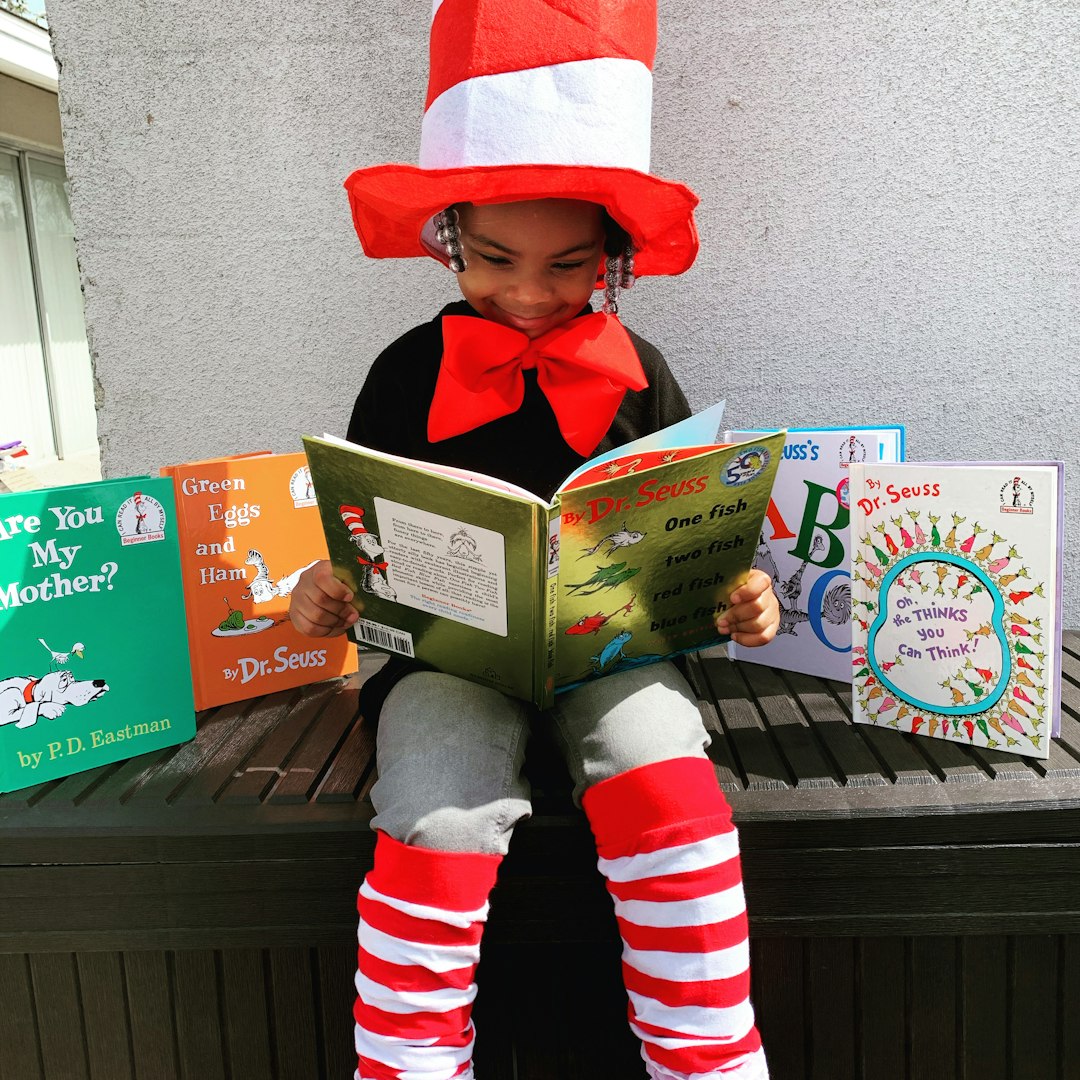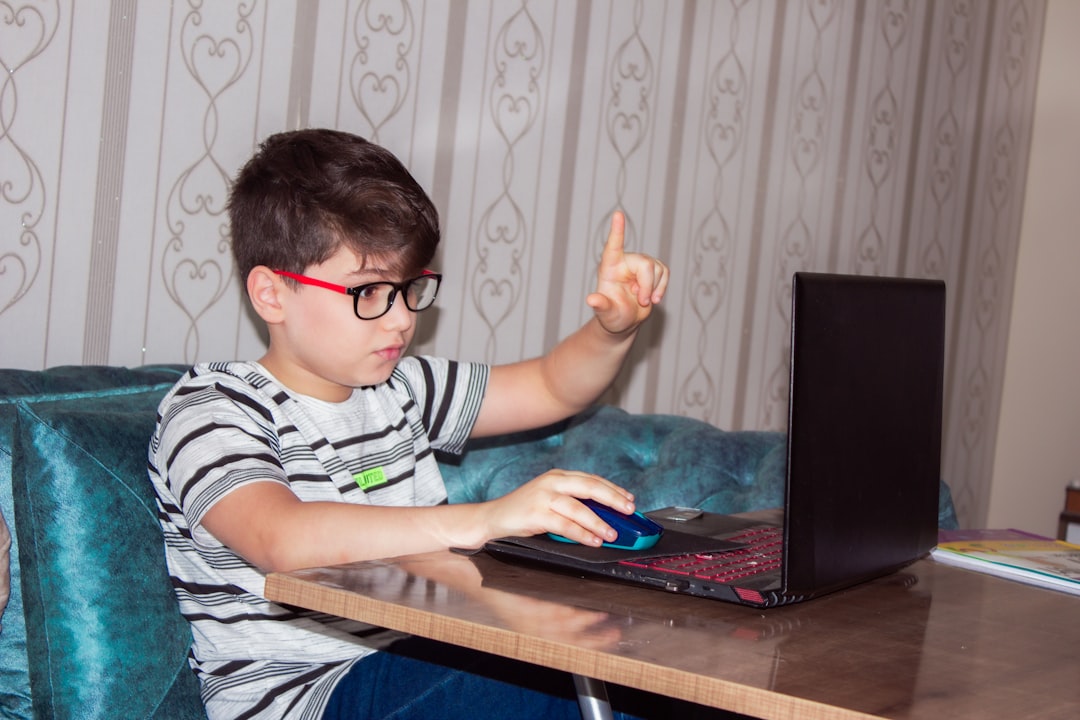
5 classic children's books with great lessons for your kids
Reading is an essential part of a child's development. It helps improve their vocabulary, comprehension, and imagination. As parents, we should encourage our children to read by providing them with books that are not only entertaining but also educational. Here are 5 children's books with great messages for kids.
The Very Hungry Caterpillar
The Very Hungry Caterpillar by Eric Carle is a classic children's book that has been enjoyed by generations. The story follows a caterpillar as it eats its way through various foods before transforming into a butterfly. This book is not only fun to read but also teaches children about the life cycle of a butterfly and healthy eating habits.

Where the Wild Things Are
Where the Wild Things Are by Maurice Sendak is a beloved book that tells the story of a young boy named Max who travels to a magical land of monsters. This book teaches children about imagination, creativity, and the power of storytelling. It also helps children understand that it's okay to feel angry or frustrated sometimes.

Charlotte's Web
Charlotte's Web by E.B. White is a heartwarming story about a pig named Wilbur and his friendship with a spider named Charlotte. This book teaches children about friendship, loyalty, and the circle of life. It also helps children understand the importance of treating others with kindness and respect.

The Giving Tree
The Giving Tree by Shel Silverstein is a touching story about the relationship between a boy and a tree. This book teaches children about the importance of giving and selflessness. It also helps children understand that nature should be respected and appreciated.

Green Eggs and Ham
Green Eggs and Ham by Dr. Seuss is a fun and silly book that teaches children about trying new things. The story follows Sam-I-Am as he tries to convince a friend to try green eggs and ham. This book helps children understand that it's okay to try new things and that they might actually like them.

These are just a few of the many children's books with great messages. Reading is a wonderful way to bond with your child and help them develop important life skills. So, pick up a book and start reading with your child today!
Warmly,































































